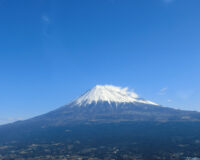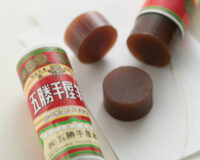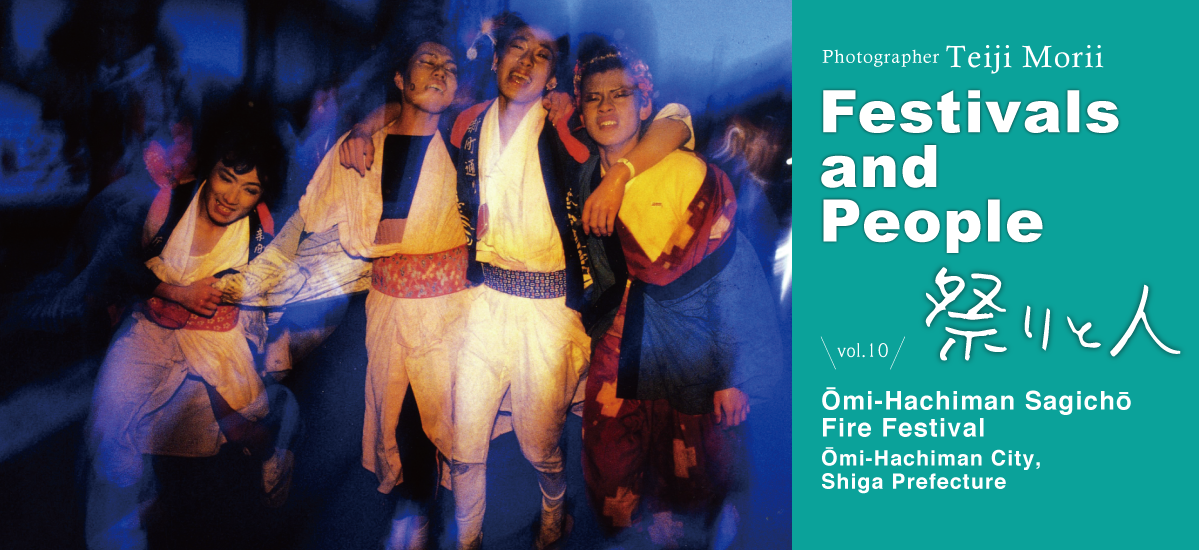

The festivals of Japan. Celebrations and rituals to mark the changing of the seasons and the milestones in our lives. Photographer Teiji Morii captures those moments of human passion when spirits soar. The Sagichō Matsuri is a fire festival celebrated every March in the historical city of Ōmi-Hachiman, Shiga Prefecture.
Text and Photos : 森井 禎紹 Teiji Morii / English Version : Judy Evans
Keyword : Festivals / Festivals and People Series / Lake Biwa / Sagicho / Edo Period / History / Matsuri / Shiga Prefecture / Ōmihachiman / Canals
Welcoming Spring to this Lakeside Province
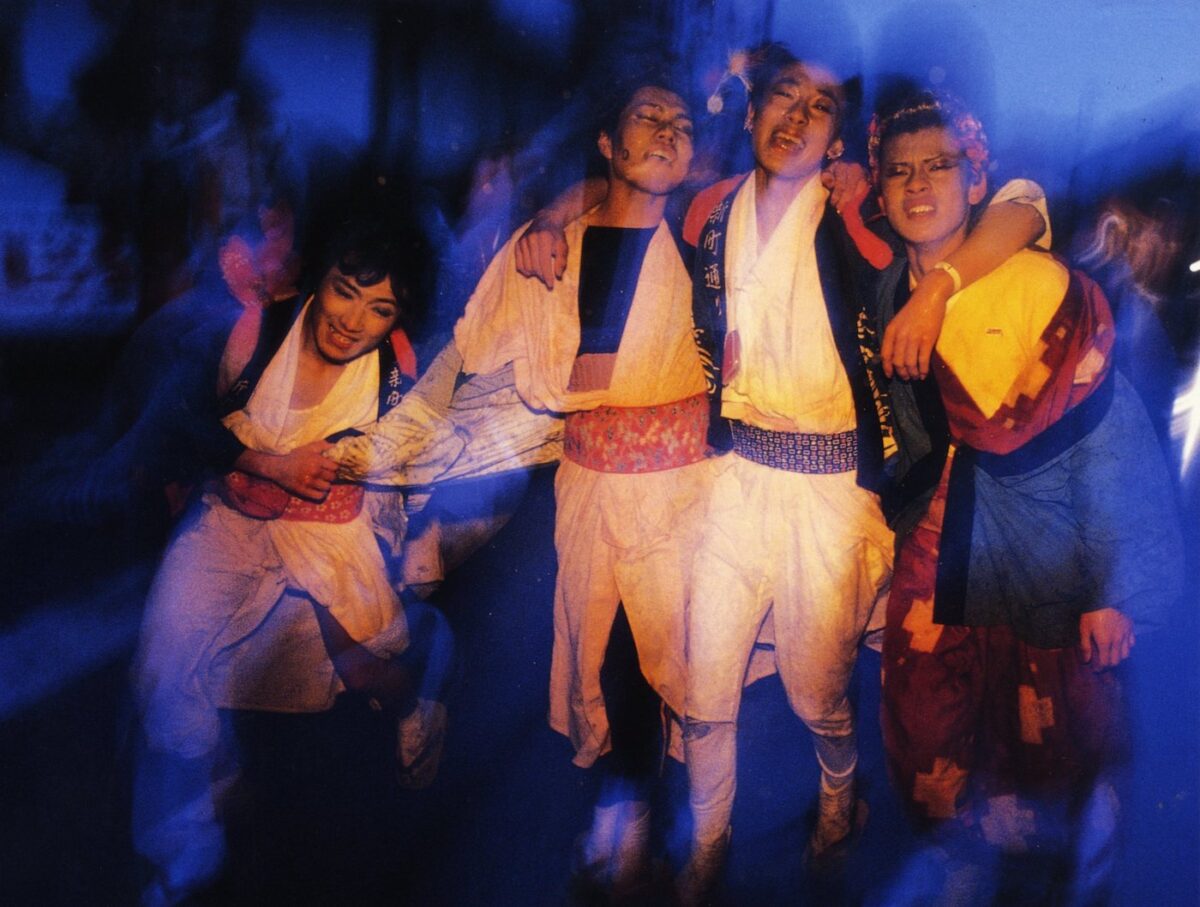
Since the time of Oda Nobunaga, over 400 years ago, residents of the picturesque lakeside city of Ōmi-Hachiman have celebrated Koshōgatsu (the lunar New Year) with ceremonial fires and rambunctious dancing. The Sagichō Matsuri, a fire festival held in the historical quarter, heralds the coming of spring and the end of the old year. Locals spend months building magnificent floats, only to battle with them in the streets and eventually set them on fire!
A ‘sagichō’ is a unique type of float based around a straw pyramid. This almost three-metre-high pyramid, made from bundles of straw, is known as the ‘dashi’ and forms the base of the sagichō float. A tall bamboo pole sticking out from the top of the dashi is festooned with red paper streamers and various other decorations. Poles are poked horizontally through the straw pyramid and lashed to a frame so that the entire thing can be lifted up and borne on the shoulders much like a portable shrine. A pine torch is added to complete the sagichō.
These elaborate sagichō floats verge on being works of art in their own right. The neighbourhood groups tasked with making them spend around two months painstakingly crafting their floats and decorations. Much time, expense and effort is devoted to the making of these ephemeral creations. The decorations are fashioned from food ingredients such as grains and marine products, and each sagichō features a large model of the previous year’s zodiac animal.
The sagichō festival lives up to its reputation as being one of Japan’s famous ‘strange festivals’. Young men dressed in women’s clothing (complete with gaudy makeup) carouse through the old quarter carrying the sagichō floats on their shoulders, ramming the floats forcefully into each other when they happen to meet in the streets – a truly impressive spectacle!
Centred on the Himure Hachimangū Shrine, the Ōmi-Hachiman Sagichō festival takes place over two days every March. The festivities reach their peak at around 8 p.m. on the second day, when the sagichō floats are all set ablaze simultaneously in a ceremonial fire. As the sagichō burn furiously, the young men in women’s clothing dance wildly around the floats. This is a sight not to be missed!
This festival has a proud history dating back to before the Edo Period. Every year at Oda Nobunaga’s strategic stronghold and main residence, Azuchi Castle, the powerful warlord would stage a magnificent sagichō festival. According to the Shinchō Kōki biography, Nobunaga himself, the fearless samurai and unifier of Japan, would don make-up and female attire and join the dancing. Azuchi Castle has long since been destroyed, but the tradition lives on at nearby Himure Hachimangū Shrine and throughout the rest of the city’s old quarter.
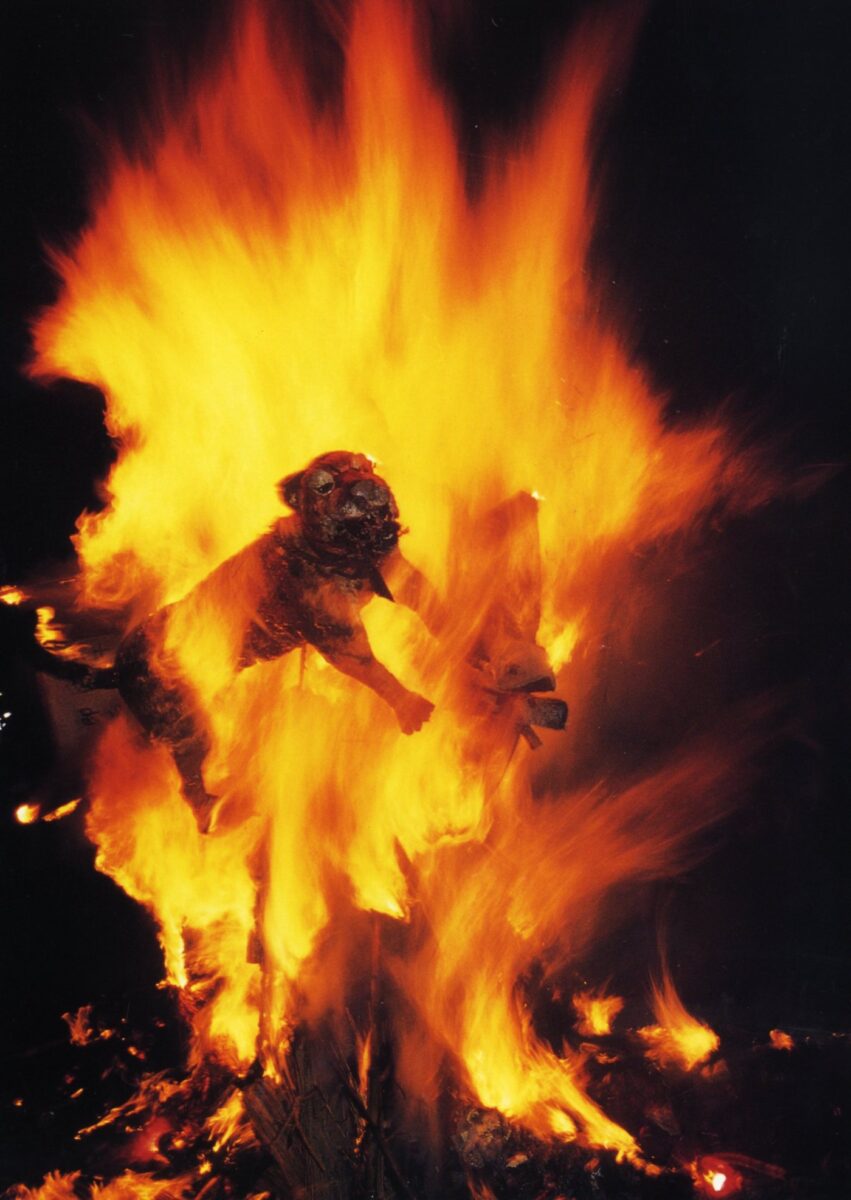
Ōmi-Hachiman itself is a delightful historical town in a strategic location on the ancient Nakasendō highway that led from Tokyo to Kyoto. The picturesque Hachiman-bori Canal, once an important trading route, connects this old castle town to nearby Lake Biwa, Japan’s largest lake. The tree-lined canal runs through the old city quarter and is a renowned sightseeing attraction where visitors can imagine themselves back in ‘old Japan’. The area is also a popular film location. Centuries-old stone walls line both sides of the canal, which is flanked by traditional merchants’ buildings and old, thick-walled, white-plastered merchant storehouses.
Ōmi-Hachiman is easily accessed via the main JR Tōkaidō train line, and is just over 30 minutes from Kyoto by local train. This fascinating town is worth more than just a fleeting visit. Modern attractions include the Hachiman-yama Ropeway, offering views across the city to Lake Biwa and beyond, as well as the truly unique, fairy tale architecture of La Collina, the gigantic headquarters of the Taneya confectionary company, designed by acclaimed architect, Terunobu Fujimori. The facility includes landscaped grounds, rice fields and ponds, as well as shops and restaurants housed in a ‘living building’ complete with lawn roof. Both these attractions are within a scenic 15-minute walk from Hachiman-bori Canal.
Sagichō Matsuri
Dates: The Sagicho festival is held on the closest Saturday and Sunday to March 14-15. (2019 dates are Saturday March 16 and Sunday March 17.
Venue: Miyauchi-cho, Ōmi-Hachiman City, Shiga Prefecture
Himure Hachiman-gu Shrine: 257 Miyauchi-cho, Ōmi-Hachiman City, Shiga Prefecture.
Enquiries: Omihachiman Station North Entrance Tourist Information Centre
Phone : 0748–33-6061
https://www.biwako-visitors.jp/event/detail/25080
The tourist information centre offers a comprehensive and informative pdf brochure in English.



